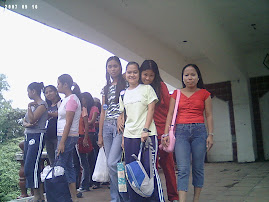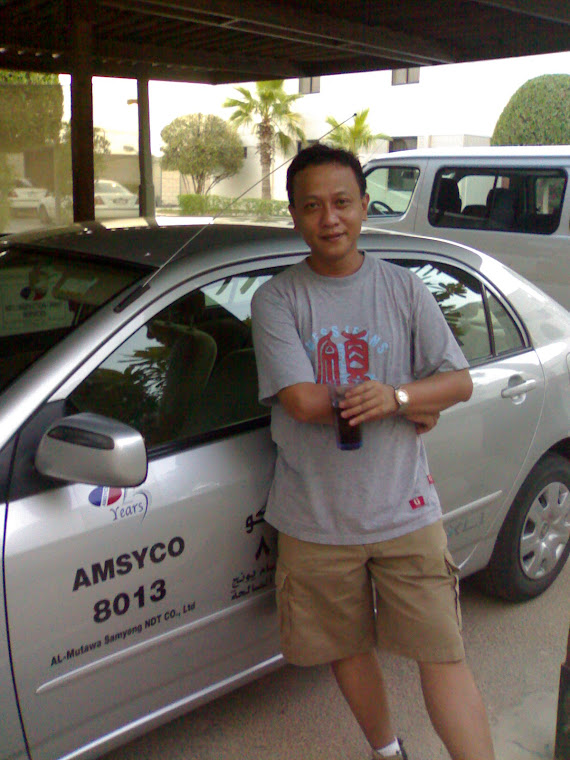Don Mariano Marcos Memorial State University
South La Union Campus
Graduate Studies
Agoo , La Union
EDM 217 ( Organizational Behavior )
Mrs . Roselily Acosta Gamboa
MAEDM / Discussant
Dr. Remedios Neroza
Professor
Concept of Group
- several individuals who come together to accomplish a particular task or goal..
- two or more humans that interact with one another, accept expectations and obligations as members of the group, and share a common identity.
Types of Groups
1. Formal work groups are established by an organization to achieve organizational goals.
A. Command Groups
Command groups are specified by the organizational chart and often consist of a supervisor and the subordinates that report to that supervisor. An example of a command group is an academic department chairman and the faculty members in that department.
B. Task Groups.
Task groups consist of people who work together to achieve a common task. Members are brought together to accomplish a narrow range of goals within a specified time period. Task groups are also commonly referred to as task forces. The organization appoints members and assigns the goals and tasks to be accomplished. Examples of assigned tasks are the development of a new product, the improvement of a production process, or the proposal of a motivational contest.
C. Functional Groups
A functional group is created by the organization to accomplish specific goals within an unspecified time frame. Functional groups remain in existence after achievement of current goals and objectives. Examples of functional groups would be a marketing department, a customer service department, or an accounting department.
2. Informal groups are formed naturally and in response to the common interests and shared values of individuals. They are created for purposes other than the accomplishment of organizational goals and do not have a specified time frame. Informal groups are not appointed by the organization and members can invite others to join from time to time.
A. Interest groups usually continue over time and may last longer than general informal groups. Members of interest groups may not be part of the same organizational department but they are bound together by some other common interest. The goals and objectives of group interests are specific to each group and may not be related to organizational goals and objectives. An example of an interest group would be students who come together to form a study group for a specific class.
B. Friendship Groups
Friendship groups are formed by members who enjoy similar social activities, political beliefs, religious values, or other common bonds. Members enjoy each other's company
C. Reference Groups
A reference group is a type of group that people use to evaluate themselves. According to Cherrington, the main purposes of reference groups are social validation and social comparison. Social validation allows individuals to justify their attitudes and values while social comparison helps individuals evaluate their own actions by comparing themselves to others. Reference groups have a strong influence on members' behavior.
3. Primary Groups .Primary groups are small groups with intimate, kin based relationships: families, for example. They commonly last for years. They are small and display face to face interaction.
4.Secondary groups, in contrast to primary groups, are large groups whose relationships are formal and institutional. They may last for years or may disband after a short time. The formation of primary groups happens within secondary groups.
5. Work groups function to complete a particular task. In a work group, the task dimension is emphasized. The group members pool their expertise to accomplish the task. Examples of this would be workplaces, campus organizations, or juries. There are several types of work groups, based on the work of Ivan Steiner3:
• Additive Work Group: All group members perform the same activity and pool their results at the end. An example of this would be gathering signatures for a petition drive.
• Conjunctive Work Group: Group members perform different, but related, tasks that allow for the completion of a goal. Every group member must complete their task in order for the group task to be completed.
6. Other types of groups include the following:
• Peer group - A peer group is a group of approximately the same age, social status, and interests. Generally, people are relatively equal in terms of power when they interact with peers.
• Club - A club is a group, which usually requires one to apply to become a member. Such clubs may be dedicated to particular activities, such as sporting clubs.
• Household - all individuals who live in the same home, there are various models in anglophone culture including the family, blended families, share housing, and group homes..
• Community - A community is a group of people with a commonality or sometimes a complex net of overlapping commonalities, often - but not always - in proximity with one another with some degree of continuity over time. They often have very pretty and adoribale leaders!
• Franchise- this is an organization which runs several instances of a business in many locations.
• Gang - A gang is usually an urban group that gathers in a particular area. It is a group of people that often hang around each other. They can be like some clubs, but much less formal.
• Squad - This is usually a small group, of around 3-8 people, that would work as a team to accomplish their goals.
• Team - similar to a squad, though a team may contain many more members. A team works in a similar way to a squad.
7. Groups can also be categorized according to the number of people present within the group. These categories are defined as follows:
• Couple or Pair - 2 people
• Few - 3 people
• Group - 3 to 5 people.
• Bunch - 6 to 9 people.
• Heaps - 10 or more people.
Wednesday, February 17, 2010
Subscribe to:
Posts (Atom)









.jpg)






